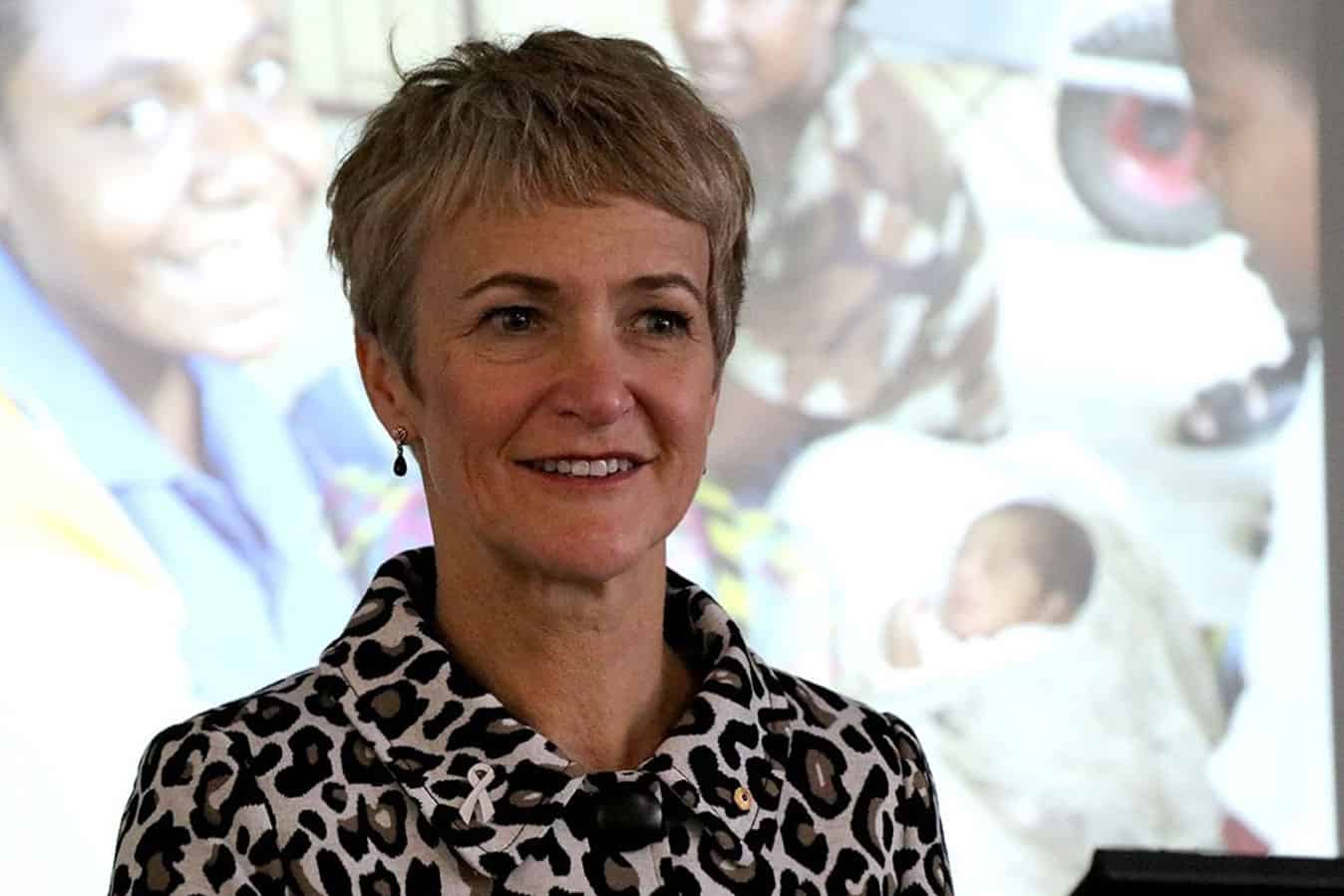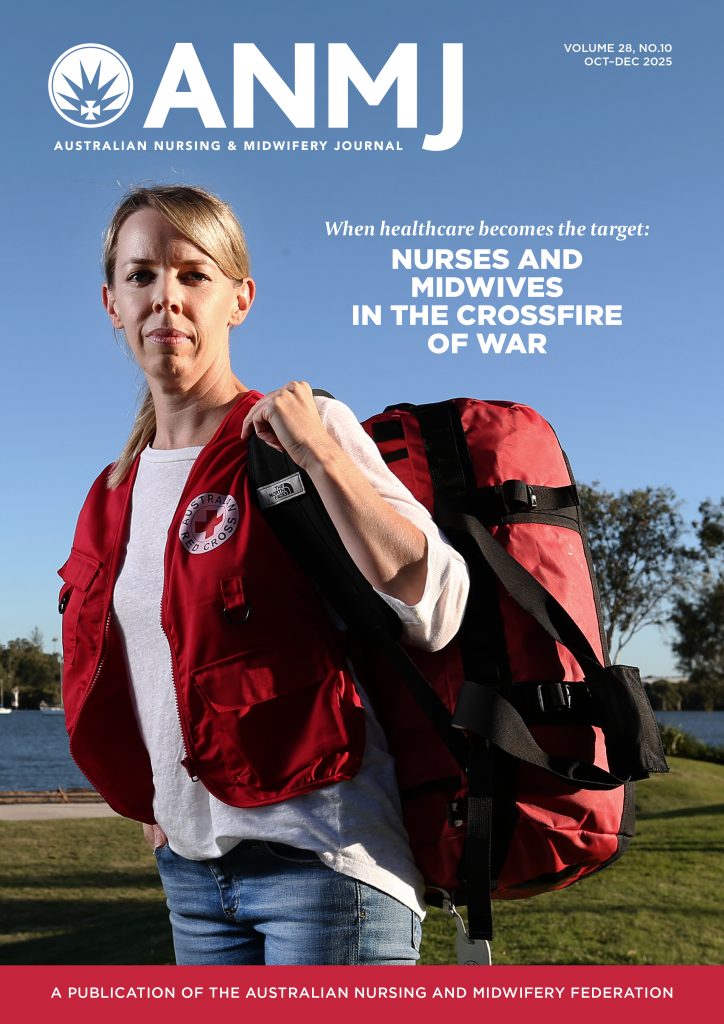“What I think it really shows is the value of collaboration,” says Professor Caroline Homer of being named the world’s leading researcher in the field of pregnancy and childbirth.
“If I’d just done a whole lot of papers on my own only on the topics I’m interested in this would never have happened. This has happened because I reach out, I have big networks, I collaborate with all sorts of people doing all sorts of research and I find good teams and good students to work with.”
Professor Homer was last month named the leading researcher in her field globally in The Australian’s latest analysis to uncover Australia’s top 250 researchers.
The awards honour researchers from across the spectrum whose papers published in the top 20 journals in their field in the past five years have had the most citations by other researchers, with citations used as a key indicator of the impact and quality of their work.
For Professor Homer, the award confirms the value of working together in teams and across disciplines to make a meaningful difference.
“For nurses and midwives, we need to work with medicine, we need to work with health services, with health economists, with sociologists, anthropologists, with health system planners, with all of these people because what we do is important but it’s not going to change things at a big level unless we get a 360 degree view of everything.”
Professor Homer began her career as a nurse and trained at the Royal Brisbane Hospital. Midwifery was never on her radar but on reflection supporting a couple who had chosen not to resuscitate their premature baby left a lasting impact.
“Nurses really didn’t always get to do things like that but in a little country hospital you kind of got to do everything. I just sat with this couple for the night while their baby died and that was a pretty profound moment. I remember thinking as a midwife you could get to do this and other things with mothers and babies and that would be great.”
After moving to Sydney, Professor Homer began developing her research skills while working as a clinical trials nurse with people with HIV at St Vincent’s Hospital.
Her decision to become a midwife was influenced by her flatmate, who had just embarked on the profession.
“I really loved midwifery and the sense of being able to make a difference on something that’s going to last. When you’re with women and they have their baby you know that your time together is very short but what happens in that time is very important and lasting.”
Professor Homer says working in a Malawi mission hospital in Africa in 1992 as a new grad helped her gain an awareness of the differences between midwifery in developing countries and more advanced nations.
On the labour ward, she worked alongside more experienced midwives with a complex skill-set working to their full scope.
“After seeing the inequities it was hard to go back. I went from Malawi back to the Royal Hospital for Women in Sydney and found that juxtaposition of going from a poor hospital doing a lot of good things to a rich hospital who had more stuff than they knew what to do with very difficult,” Professor Homer recalls.
“It made me really determined around social justice and inequality and a lot of my work subsequently and the work I do these days is in low to middle income countries and focused on addressing inequities.”
Professor Homer soon shifted into education and research, starting her midwifery research career at St George Hospital where she worked in a Family Health Research Unit led by Professor Lesley Barclay.
She undertook her influential PhD, Collaboration in maternity care: A randomised controlled trial comparing community-based continuity of care with standard hospital care, as part of the program in 2001, at the University of Technology Sydney (UTS).
“I went into research because I’m curious,” Professor Homer explains.
“A curious mind is a good thing for a researcher and I wanted to make a difference. As a midwife, I knew I could make a difference to that woman on that day in one room with her baby; you actually have the capacity to make a difference on an individual level. But after a while, I wanted to make a bigger difference.”
Professor Homer suggests there are many parts of midwifery practice carried out without specific reasoning and simply because “that’s how we’ve always done them”.
Her curiosity led her to explore other ways of doing things through backed by evidence and research.
“My research has always been around how do we make it better for women and how do we make it better for midwives and the other providers providing maternity care. Fundamentally, how do women get a better deal in whatever context they’re working in? Research and education has always been an opportunity to spread the pond bigger.”
Professor Homer boasts more than 25 years’ experience in midwifery as a clinician, educator, researcher and leader.
She taught at the University of Technology Sydney (UTS) for 15 years, where she was appointed Professor of Midwifery in 2005.
A leader in maternal and newborn healthcare and service delivery, she has spearheaded research into the development and implementation of innovative models of midwifery care and the development of midwifery practice and education.
Asked to list her most influential research papers, Professor Homer cites her 2001 PhD, a randomised controlled trial of midwifery continuity of care published in the British Journal of Obstetrics and Gynaecology, which is still widely used and commended almost two decades on.
“That research is driving a lot of practice both in Australia and around the world around rethinking how we provide maternity services.”
More recently, Professor Homer points to taking part in a 2014 Lancet Series on Midwifery, where she led a paper on the impact of midwifery on lives saved.
“We did a modelling study working out that if you implemented midwifery you would save mothers’ lives, newborn lives and reduce stillbirth.”
Professor Homer’s current role as Co-Program Director of Maternal, Child and Adolescent Health with the Burnet Institute in Melbourne is focused on mothers, children and adolescents.
“We’re interested in issues like improving the quality of care in labour, improving midwifery care, particularly for emergencies, and reducing post-partum haemorrhages,” she explains.
“We’re also interested in sexually transmitted infections in pregnancy and how that equates to pre-term birth and a whole lot of other work around stunting in children. We have a big program of research in Papua New Guinea called Healthy Mothers, Healthy Babies and I’m part of that group and that’s rolling out a whole lot of studies around quality care, reducing morbidity and addressing stunting in children.”
In recent months, Professor Homer says the Burnet has prioritised studying the unintended consequences of the COVID-19 pandemic response.
“So not necessarily what happens to mothers and babies if they get COVID-19 but what happens to the system that has to change so quickly because of COVID-19.”
Professor Homer believes research and its value has never been more important.
“The COVID-19 pandemic has really shown us the value of research and we wouldn’t be getting out of where we are at the moment without research,” she argues.
“It’s research on what to do, how to cope, how to get a vaccine, how to get an antibody, how to get treatments. This is an absolutely critical time to invest in research and invest in universities.”
President of the Australian College of Midwives from 2015-17, Professor Homer says midwives have achieved solid recognition over the last few years and been able to develop research showing that midwifery and models of care make a difference.
“The big issue over the next five years is ensuring that as we build back the health system post-COVID-19 we ensure that women’s voices and views are absolutely front and centre and that we use midwives to their full capacity,” Professor Homer says.
“Midwives have a full scope of practice; it’s internationally defined. We’re all educated to meet that scope of practice but very few midwives around the country are able to work to that full scope of practice mostly because the system doesn’t allow them to or the system isn’t designed in a way that allows them to. We can’t afford not to use the health workforce we have in the best way we ca








